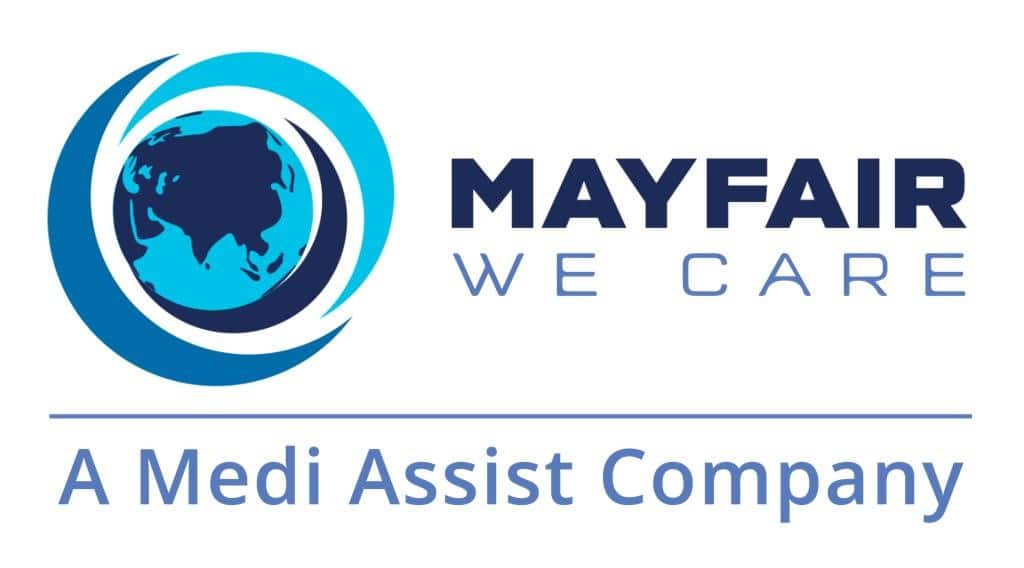This handout provides a general overview of this topic and may only apply to some. Talk to your family doctor to find out if this handout applies to you and get more information on this subject.
Care of wounds after Radiofrequency surgery
1. Radiofrequency surgery is a method of treating many skin lesions using high-frequency radio waves (4 millionHertz), which cuts through the skin and also seals off any small bleeding vessels.
2. This tends to give superior cosmetic results to conventional surgical excision or electrocautery.
3. At the end of the treatment, a small plaster is usually applied—please keep this in place for two days. After this time, the plaster may be removed, and the area cleaned gently with warm, soapy water.
4. Healing can take 1 to 4 weeks, depending on the size of the original lesion; during this time, it helps keep the wound clean and moist by regularly washing with warm, soapy water — about six times a day, using soft cotton wool. Do not rub the area too vigorously, or it may bleed. If bleeding does occur, it may be stopped by covering it with a small dressing and pressing firmly with the finger for 10 minutes.
5. Normally, no other treatment is necessary, but if the area becomes very messy or inflamed or develops a reddened surrounding area that seems to be spreading, please get in touch with the clinic for advice.
6. Initially, the wound will be moist, with a slight discharge. This will gradually dry and may form a thin scab on the surface. Try not to pick this off but leave it to separate naturally. At this stage, the wound will appear bright red and dry.
7. Over the next few weeks, the reddened area will gradually fade and, after about 18 months, should match the surrounding skin.
8. If you have any concerns, please do not hesitate to contact the clinic.
Care of wounds that have been sutured
1. As well as sutures, we sometimes use sterile self-adhesive strips (Steri-strips) to support the edges of the wound while it is healing.
2. Where the wound is deep, we insert absorbable sutures under the skin to give additional support during healing.
3. The timing of the removal of sutures is critical — if they are left too long, ‘cross-hatching’ can leave permanent scars, whereas if they are removed too soon, the edges of the wound can gape open.
4. Where there is little tension on the skin, e.g. the face, the sutures may be removed after only a few days, but where there is considerable tension, e.g. over the knee, shoulder or back, we need to leave them in for a much longer time.
5. You can help to achieve the neatest scar yourself by following these simple rules:
(a) Where the wound is open to the air (e.g. on the face and scalp), keep it dry for at least 48 hours. (b) Where the wound is covered, keep it dry and do not disturb the dressing — this will prevent any infection.
6. Keep your wound clean and dry for four days. Avoid showering or bathing on the first day. Try taking a sponge bath instead. You may wash with soap and water by the second day. If you have stitches or skin tape on your incision, take a shower instead of a bath. Gently towel dry the incision after washing.
7. If your bandage becomes bloody, replace it with dry gauze or another bandage. Applying pressure directly to the incision for a few minutes stops most bleeding. If the wound keeps bleeding after you apply pressure, call your doctor.
8. If the wound looks reddened or discharging, or you are at all concerned, please do not hesitate to contact the clinic.
9. Steri-strips may be applied to the wound after the stitches have been removed—this is to give external support; it helps to leave these in place for as long as possible.



































